Disclosure: This article contains affiliate links. We may earn a commission from purchases at no extra cost to you, which helps our travel content.
Standing at the summit of Mount Pico as dawn breaks over the Atlantic, I'm reminded of my childhood hikes near Osaka—that familiar feeling of achievement mingled with humility before nature's grandeur. Yet the Azores possess a distinctive volcanic character unlike anything in Japan or my adopted American home. These nine Portuguese islands, scattered like emerald jewels across the mid-Atlantic, represent one of Europe's last bastions of untamed wilderness and authentic craft culture. After five visits spanning a decade, I've developed an intimate relationship with these volcanic sentinels and the communities that thrive in their shadows. This guide distills my experiences navigating the archipelago's most dramatic peaks, connecting with local artisans, and discovering how traditional practices here embody sustainability principles that modern travelers would do well to embrace.
Understanding the Azorean Volcanic Landscape
The Azores archipelago sits at the junction of three tectonic plates—the North American, Eurasian, and African—creating one of Earth's most dynamic geological laboratories. Unlike the symmetrical volcanic cones I've climbed in Japan, the Azorean peaks display a remarkable diversity of forms: some with perfect calderas holding jewel-like lakes, others with collapsed centers creating dramatic coastal formations.
Pico Mountain on Pico Island stands as the tallest in Portugal at 2,351 meters, its perfect cone often crowned with clouds. São Miguel Island features the twin lake systems of Sete Cidades and Lagoa do Fogo, where blue and green waters rest within ancient calderas. Terceira Island offers the Algar do Carvão, a volcanic chimney you can actually descend into—a rare opportunity to literally journey inside the earth.
What makes hiking here distinct is the interplay between volcanic forces and Atlantic weather patterns. The islands experience their own microclimate phenomena; I've hiked through four seasons in a single day on Faial Island. The volcanic soil supports an explosion of endemic flora—from laurel forests to fields of hydrangeas that line hiking paths with blue and purple corridors during summer months.
When preparing for these varied conditions, reliable footwear becomes essential. My hiking boots have proven invaluable across multiple Azorean expeditions, providing the ankle support needed on loose volcanic scree while remaining waterproof during sudden Atlantic showers.

💡 Pro Tips
- Always check weather forecasts at local tourism offices—island weather can change dramatically within hours
- Pack microspikes if hiking Pico in winter months when ice forms near the summit
- Download offline maps as cell service is unreliable on most volcanic trails
The Seven Sacred Hikes: An Azorean Pilgrimage
After multiple visits to the archipelago, I've curated what I call the 'Seven Sacred Hikes'—routes that capture the essence of the Azorean volcanic experience. Each presents unique challenges and rewards, forming a comprehensive pilgrimage for the serious mountain enthusiast.
1. Pico Mountain Summit (Pico Island)
The archipelago's crown jewel requires proper planning. Starting from the mountain house at 1,200 meters, the trail ascends 1,100 additional meters over challenging volcanic terrain. The final section requires scrambling up loose scree to reach 'Piquinho,' the small volcanic cone at the summit. Allow 7-8 hours for the round trip. The reward? Standing at Portugal's highest point with views across multiple islands on clear days.
2. Sete Cidades Rim Trail (São Miguel Island)
This 12km circular route follows the rim of an ancient caldera containing the famous twin blue and green lakes. The path offers constantly changing perspectives of what might be the Azores' most photographed landscape. The moderate difficulty comes from exposure to winds rather than technical challenges.
3. Faial Caldera Circuit (Faial Island)
Descending into this 2km-wide crater feels like entering another world. The microclimate inside often holds mist while sunshine bathes the rim. The 7km loop combines forest sections with open views across the caldera floor.
4. Serra de Santa Bárbara (Terceira Island)
Terceira's highest point offers a different volcanic experience—ancient forests covering slopes formed by successive eruptions. The biodiversity here is remarkable, with endemic plants appearing alongside the trail.
5. Lagoa do Fogo Circuit (São Miguel Island)
This challenging route descends from the crater rim to the pristine lake shore. Swimming in the crystal clear waters surrounded by volcanic walls creates a profound connection to the earth's creative forces.
6. Vineyards of Pico Trail (Pico Island)
Not all volcanic hikes require summit ascents. This UNESCO World Heritage landscape features centuries-old stone walls (currais) built to protect grape vines from Atlantic winds. Hiking through these ancient agricultural structures offers insights into how humans adapted to volcanic environments.
7. Caldeirão Trail (Corvo Island)
The smallest Azorean island features a perfect collapsed caldera. This hike rewards visitors with absolute solitude—you'll likely have the entire crater to yourself outside summer months.
Documenting these experiences requires equipment that can withstand challenging conditions. My weather-resistant camera has proven ideal, capturing the dramatic landscapes while withstanding the humidity and occasional rainfall that characterize these Atlantic mountains.

💡 Pro Tips
- Register with local authorities before attempting Pico Mountain—guides are mandatory during winter months
- Bring trekking poles for descents on loose volcanic terrain to protect your knees
- Pack extra layers even in summer—temperature differentials between calderas and rims can exceed 10°C
Volcanic Craft Culture: Where Geology Meets Artistry
My dual passion for mountains and craftsmanship finds perfect harmony in the Azores, where volcanic materials have informed local artisanal practices for centuries. As the grandson of a Japanese ceramicist, I've developed a particular sensitivity to how different cultures transform earth elements into functional art.
In Biscoitos on Terceira Island, I spent three days with Manuel Inácio, a third-generation ceramicist who creates distinctive black pottery using volcanic ash in his clay mixture. The resulting pieces exhibit a textural quality that echoes the surrounding landscape—a perfect embodiment of shizen, the Japanese principle of naturalness. Manuel's studio, a converted wine press building with walls of volcanic stone, represents the Azorean approach to sustainable adaptation—using local materials and traditional knowledge to create enduring cultural artifacts.
On São Miguel, the geothermal activity that powers the famous cozido das Furnas (a meal cooked underground by volcanic heat) also enables a unique basketry tradition. Artisans harvest vime (wicker) grown in soil enriched by mineral deposits and soak the material in hot springs before weaving. The resulting baskets display distinctive flexibility and longevity.
Perhaps most fascinating is Pico Island's tradition of scrimshaw art—intricate engravings on whale teeth or replicas made from local volcanic stone. While the original whale tooth medium (from the island's whaling past) is no longer used, contemporary artists have adapted the technique to volcanic materials, creating a sustainable evolution of cultural heritage.
For visitors seeking meaningful souvenirs that connect to the volcanic landscape, I recommend the cooperative workshops in Ribeira Grande on São Miguel. Here, young artisans blend traditional techniques with contemporary aesthetics, creating pieces that honor geological heritage while embracing modern sensibilities.
When visiting these workshops, I document the experience using my travel journal to sketch designs and note techniques. The craft traditions of the Azores deserve this kind of thoughtful documentation, as they represent a living connection between geological forces and human creativity.

💡 Pro Tips
- Visit ceramic studios early in the week when artisans typically fire their kilns
- Many workshops require advance booking for demonstrations—contact the regional tourism office
- Support sustainability by purchasing contemporary works that use volcanic materials rather than antique pieces that may contain protected materials
Sustainable Trekking: Minimizing Impact on Volcanic Ecosystems
The Azores have earned recognition as one of the world's leading sustainable tourism destinations—a distinction I've witnessed evolve over my decade of visits. This achievement stems from a delicate balance between promoting these remarkable landscapes and preserving their fragile ecosystems. As both a sustainability professional and mountain enthusiast, I approach each Azorean hike with heightened awareness of my environmental footprint.
Volcanic ecosystems present unique conservation challenges. The soil formation process on lava flows can take centuries, making erosion from off-trail hiking particularly damaging. Endemic plant species that have evolved in isolation on these remote islands can be easily displaced by introduced species—even seeds inadvertently carried on hiking boots.
My professional work in sustainability has taught me that responsible tourism requires both systemic approaches and individual actions. The Azorean government has implemented exemplary systems, including limited-access trails with permit requirements and real-time visitor monitoring at popular sites like Caldeira Velha. As visitors, we must complement these efforts through personal practices.
When hiking Azorean trails, I adhere to principles that align with both Western conservation ethics and the Japanese concept of mottainai—a term expressing regret for waste or underutilization. This means carrying reusable water containers instead of plastic bottles, packing out all waste (including organic matter that decomposes differently in volcanic environments), and respecting trail closures that allow landscape regeneration.
For multi-day trekking, my solar charger has proven invaluable. Beyond reducing battery waste, it eliminates the need to seek charging points in small villages with limited electrical infrastructure. This small investment supports both environmental sustainability and logistical independence.
The Azores' commitment to renewable energy—with geothermal, wind, and hydroelectric sources providing much of the archipelago's power—creates an opportunity for travelers to experience a preview of what sustainable energy systems can achieve. Consider staying in accommodations that harness these natural resources, particularly the remarkable geothermal heated eco-lodges near Furnas on São Miguel Island.
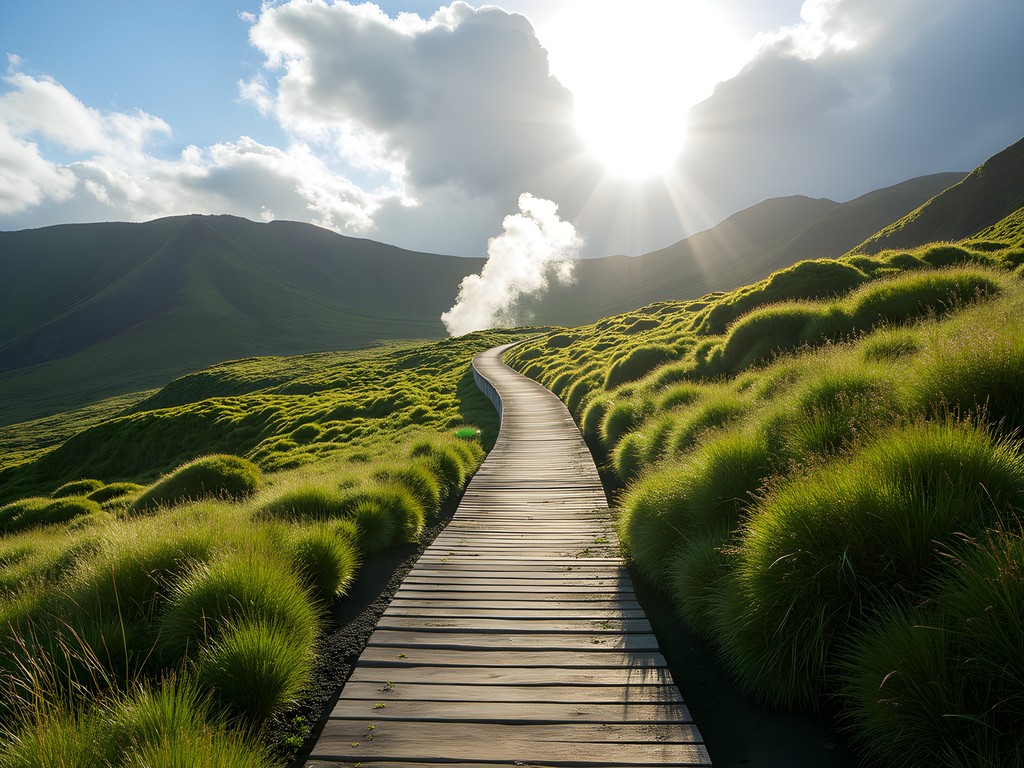
💡 Pro Tips
- Use natural insect repellents to avoid chemical contamination in sensitive caldera lake ecosystems
- Choose locally-owned guesthouses that implement water conservation measures—a critical issue on volcanic islands
- Consider carbon offsetting your flight to the Azores through verified projects like the archipelago's native forest restoration initiatives
Planning Your Two-Week Volcanic Adventure
Crafting an effective two-week itinerary across the Azores requires strategic planning to balance ambitious hiking goals with the archipelago's sometimes unpredictable transportation and weather patterns. After multiple visits, I've refined an approach that maximizes volcanic experiences while building in necessary flexibility.
Days 1-5: São Miguel Island Base
Begin on the largest island, using Ponta Delgada as your base for exploring the island's three volcanic complexes. Dedicate full days to the Sete Cidades rim trail, Lagoa do Fogo circuit, and the geothermal wonders of Furnas Valley. Use a potential weather day to explore the less-visited eastern volcanic region of Nordeste, where dramatic coastal formations reveal ancient lava flows.
Days 6-9: Pico and Faial Islands
Connect to Pico Island via direct flight from São Miguel. Attempt the Pico Mountain summit on your first full day, allowing for a backup weather day. The islands of the central group (Pico, Faial, and São Jorge) are connected by frequent ferries, making it feasible to base yourself in one location. From Pico, take a day trip to Faial Island to hike the caldera and visit Capelinhos—a landscape created by a 1957 eruption that added new territory to the island.
Days 10-12: Terceira Island
Fly to Terceira for a different volcanic experience, focusing on Algar do Carvão (volcanic chimney) and Serra de Santa Bárbara. The island's UNESCO World Heritage town of Angra do Heroísmo offers a cultural counterpoint to your mountain experiences.
Days 13-14: Return to São Miguel
Complete your journey with any São Miguel hikes missed earlier due to weather, or simply decompress in the geothermal hot springs of Furnas or Ferraria before departure.
This itinerary involves multiple inter-island connections, which can occasionally face weather disruptions. I recommend packing versatile gear that adapts to changing conditions. My hiking pants have proven ideal for Azorean conditions—quick-drying after sudden rain showers yet comfortable across varying temperatures from coastal trails to mountain summits.
Accommodation strategy matters significantly. While larger hotels exist in main towns, I prefer the network of casas rurais (rural guesthouses) often run by families with deep knowledge of local trails and conditions. Many are converted traditional homes built from volcanic stone, offering authentic experiences while supporting local economies. Reserve these well in advance, especially for summer visits.

💡 Pro Tips
- Build at least two flexible 'weather days' into your itinerary for summit attempts
- Consider renting a car on São Miguel and Terceira, but use local guides for specialized volcanic hikes
- Book inter-island flights with SATA Air Açores at least three months in advance for best availability and rates
Final Thoughts
As I stand at the harbor in Horta on my final evening, watching the sun set behind Pico Mountain across the channel, I'm reminded that volcanic landscapes possess a unique duality. They represent both destruction and creation—violent geological processes that ultimately generate some of Earth's most fertile soils and dramatic topographies. The Azores embody this paradox perfectly. These islands demand physical effort and weather flexibility from visitors, but reward that investment with experiences that connect us to the planet's most fundamental forces. Whether you're tracing the rim of a caldera lake, descending into a volcanic chimney, or simply soaking in geothermal waters, the Azores offer a rare opportunity to witness geology as a living, breathing process rather than a static historical record. As you prepare for your own Azorean pilgrimage, remember that these volcanic sentinels have stood for millennia and deserve our deepest respect as visitors. Approach them with humility, preparation, and environmental consciousness—and they will reveal their most profound secrets.
✨ Key Takeaways
- The Azores offer Europe's most accessible and diverse volcanic hiking experiences across nine distinct islands
- Weather flexibility is essential—build extra days into your itinerary for summit attempts
- Local craft traditions using volcanic materials provide deeper cultural connection to the landscape
- Sustainable tourism practices are critical to preserving these fragile volcanic ecosystems
📋 Practical Information
Best Time to Visit
June through September for most reliable hiking conditions
Budget Estimate
$2,000-3,000 for two weeks excluding flights
Recommended Duration
Minimum 10 days, ideally 14-16 days to visit multiple islands
Difficulty Level
Moderate To Challenging Depending On Selected Hikes

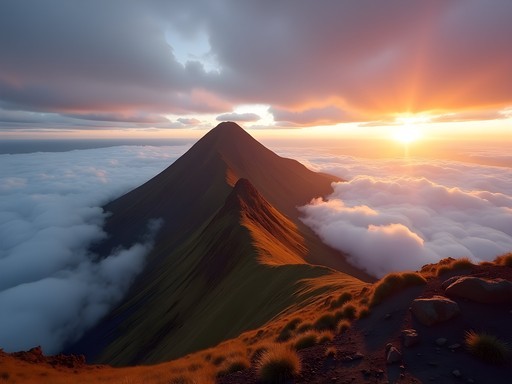



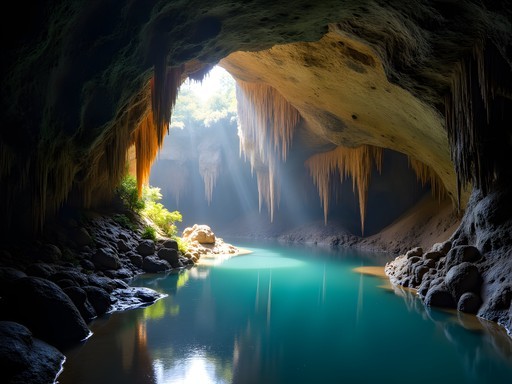


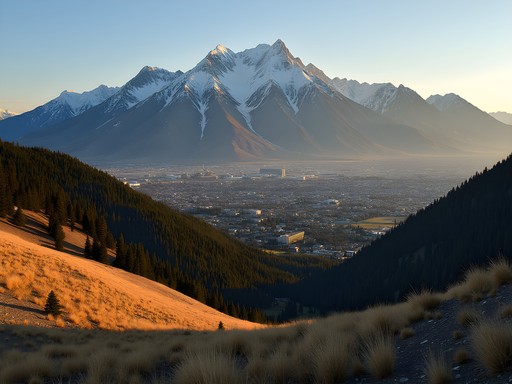


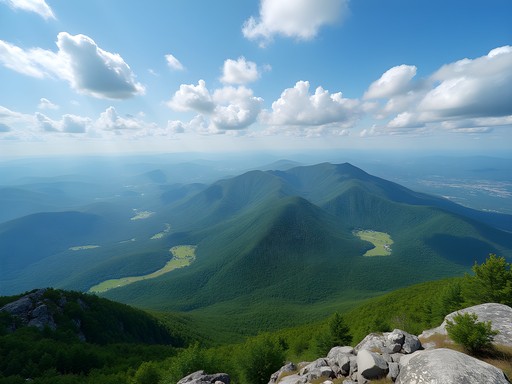


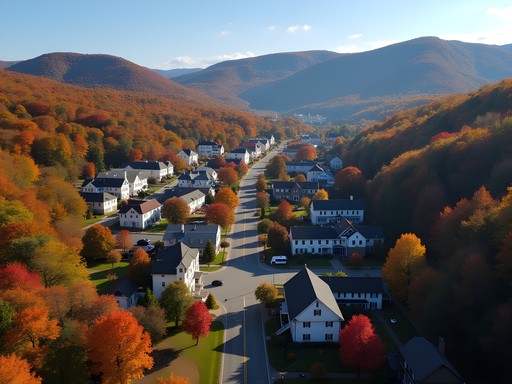
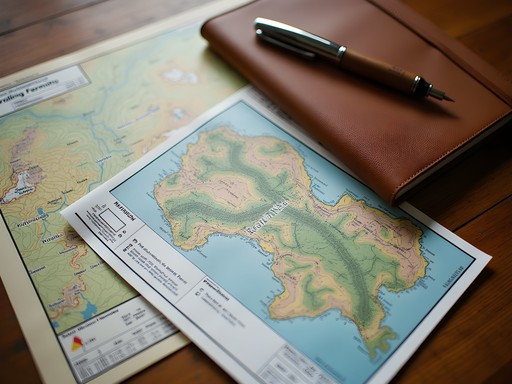
Comments
freebackpacker
Make sure to pack proper hiking boots for these trails! The volcanic terrain is no joke - I destroyed my regular sneakers on Pico. My waterproof boots were a lifesaver on the other islands, especially when those quick rain showers hit.
dreamone
So true about the boots! The rocks are super sharp.
vacationwanderer
Just got back from the Azores last month and this post is SPOT ON! The volcanic craft section reminded me - I bought this amazing obsidian jewelry piece from an artisan in Furnas. The sustainable trekking tips were things I wish I'd known before going. Those wooden walking sticks they sell at the trailheads are actually super helpful on the volcanic scree!
nomadqueen
Planning to visit in April next year. Is that too early for the Pico summit hike? Worried about weather conditions.
Hannah Woods
April can be hit or miss. I went in late April 2024 and got lucky with two clear days for Pico, but had to reschedule once due to winds. The shoulder season means fewer crowds, though! Just build some flexibility into your itinerary.
nomadqueen
Thanks for the tip! I'll plan for an extra weather day or two.
Amit Sullivan
Kenneth, your comparison to the Japanese mountains near Osaka resonated with me. I had a similar experience last year in the Azores - that unique blend of oceanic isolation and volcanic drama is unmatched. The Seven Sacred Hikes section was particularly useful as I only managed three during my visit. The caldera hike on São Miguel was my favorite - that emerald lake view after pushing through the cloud cover was worth every step! Did you find the local guides added much value? I went solo but wondered if I missed cultural insights.
freebackpacker
I did the São Miguel caldera without a guide and regretted it. Missed so much geological context that I later read about. Definitely recommend guides for first-timers.
Amit Sullivan
Good to know! Sounds like I need to go back and do it properly next time. Did you have a particular guide service you'd recommend?
dreamone
Those sunrise pics from Mount Pico are incredible! Definitely adding this to my bucket list.
Ana Robinson
Kenneth's section on "Volcanic Craft Culture" inspired us to visit several artisan workshops with our kids. The ceramics studio in Ribeira Grande was a highlight - my 8-year-old daughter got to paint her own tile using volcanic pigments! It was such a meaningful souvenir. For families considering the Azores, I'd add that most of the hikes Kenneth mentions can be modified for different abilities. We did a shortened version of the Faial caldera hike with our children, and they were absolutely mesmerized by the volcanic landscape. It sparked so many questions about geology that we're still answering weeks later! The local cheese and bread packed for picnics along the trails were also a huge hit with the little ones.
dreamtime
Is October too late in the year to do these hikes?
sunsetblogger
Did it last October! Weather was mild but pack rain gear. Fewer tourists was a huge plus!
Sage Dixon
Kenneth, your comparison of the Azores to your childhood hikes near Osaka really resonated with me. I just returned from a 2-week trek through all the main islands, and that sense of volcanic wonder never gets old. For anyone planning to tackle Mount Pico, I strongly recommend starting your hike around 2am to catch that sunrise Kenneth mentions - it's magical. Also, the section on sustainable trekking is so important - I was impressed by how the local guides emphasized leaving no trace. I used my hiking poles which were absolutely essential on those steep volcanic slopes. The basalt can be really unforgiving on the knees during descent!
wildmate
Did you need a guide for Pico or can you do it self-guided? I've heard mixed things about the requirements.
Sage Dixon
You technically can go self-guided during summer months if you register at the mountain house, but I'd still recommend a guide. Ours pointed out geological features we would've completely missed, plus the weather can change fast up there.
sunsetblogger
That sunrise shot from Pico's summit is absolutely stunning! Worth the climb just for that view!
dreamtime
Right?! Major bucket list vibes from that photo!
wildmate
Did the Seven Sacred Hikes route last September and it was mind-blowing! The Sete Cidades trail mentioned in the article was definitely my favorite - those twin lakes are even more vibrant in person. One tip I'd add: the weather changes FAST on São Miguel, so definitely pack layers. We got sunshine, rain, and fog all within a 3-hour hike.
Venture X
Premium card with 2X miles, $300 travel credit, Priority Pass